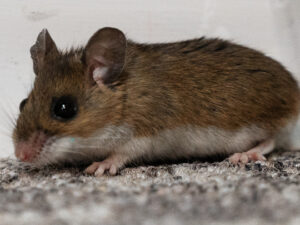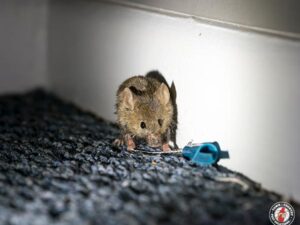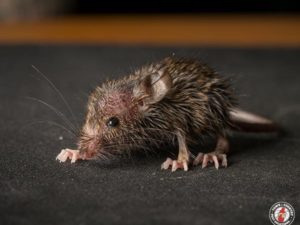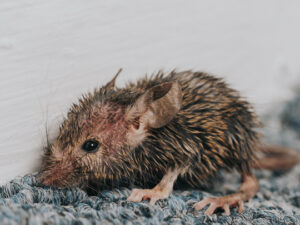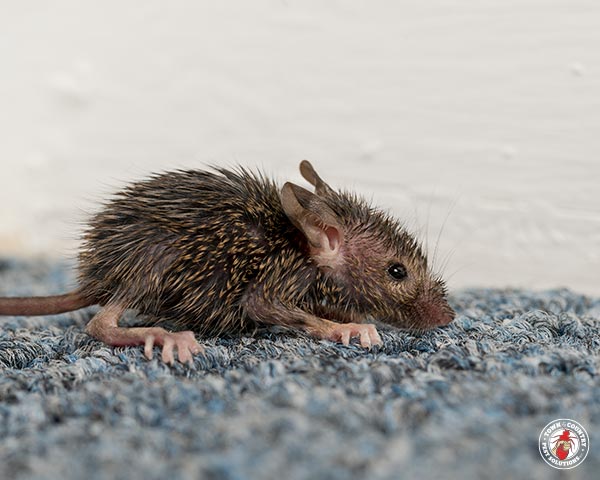
Some animal researchers have called the house mouse the second most successful mammal on earth. That’s quite the title, and it validates the view that the mouse is the most prolific rodent pest in the US. According to various surveys conducted in the pest control industry, mouse control makes up about 68% of all rodent work. However, despite the best efforts of many specialists, the house mouse not only survives – it thrives! Here’s why:
- They can survive in many habitats
Some people call the house mouse the mammalian weed, because it can adapt to such a wide range of conditions and geographical areas. It is one of the most widely distributed mammals on Earth, with the only exception being humans. House mice occupy every single major land mass there is, along with most of the minor ones. From cold islands near Antarctica, to freezing tundras, torrid deserts and salt marshes, the mouse has found a home. Not only that, you can find them 1,800 feet below ground in a coal mine, and 15,000 feet in the air in the Andes Mountains.
- Adaptable diet
The mouse is an opportunistic feeder – it will eat almost anything it can find, especially if it finds it in a human dwelling. This means that even if one food source disappears the mouse will quickly adapt to something new.
- Can survive on little to no water
Most mammals, including rats, need a lot of water to survive. However, the house mouse has developed a kidney system that resembles that of the desert rat. This allows the mouse to conserve and even produce its own water whenever water sources are scarce.
- Highly reproductive
Given shelter and a food source, house mice will reproduce quickly in very high numbers. Not only that, but given enough materials to build a nest, a colony of house mice will reproduce even in almost impossible conditions such as those found within freezing meat lockers. On average, the litter will contain five to seven offspring, but under highly detrimental or beneficial conditions, it can range from 2 to 13 offspring.
- Adaptive behavior
Mice are often described as unpredictable. They love to explore, always on the lookout for new food and water sources, along with nesting sites and places where they are safe for predators. Eventually, a mouse will discover the best habitat available in an extended area. On top of that, mice will start to adapt to dangers in their environment, avoiding traps and poisonous food.
Do you have a mouse infestation?
Despite all of these adaptive traits, one of the greatest boons to the survival of the house mouse is human tolerance. Who doesn’t love Mickey Mouse? They are also very small and seemingly harmless. However, they can quickly reach massive numbers inside a home, cause property damage and carry diseases. If you have a mouse problem in your home, contact us today and we will remove them swiftly.

